Government Initiatives and Funding
Government initiatives aimed at improving healthcare infrastructure are significantly influencing the Robotic Rehabilitation Assistive Technologies Market. Various countries are allocating funds to support research and development in rehabilitation technologies, recognizing their potential to enhance patient outcomes. For instance, funding programs for innovative healthcare solutions have been established, which include grants for developing robotic rehabilitation devices. This financial support not only accelerates technological advancements but also encourages collaboration between public and private sectors. As governments continue to prioritize healthcare innovation, the Robotic Rehabilitation Assistive Technologies Market is likely to benefit from increased investment and resources, fostering a conducive environment for growth and development.
Technological Advancements in Robotics
The Robotic Rehabilitation Assistive Technologies Market is experiencing rapid technological advancements, particularly in robotics and artificial intelligence. Innovations such as exoskeletons and robotic arms are enhancing rehabilitation outcomes for patients with mobility impairments. According to recent data, the market for rehabilitation robotics is projected to grow at a compound annual growth rate of approximately 25% over the next five years. These advancements not only improve the efficiency of rehabilitation processes but also increase patient engagement and motivation. As technology continues to evolve, the integration of smart sensors and machine learning algorithms is likely to further personalize rehabilitation programs, making them more effective. This trend indicates a promising future for the Robotic Rehabilitation Assistive Technologies Market, as stakeholders seek to leverage cutting-edge technology to improve patient care.
Rising Awareness of Rehabilitation Benefits
There is a growing awareness among healthcare professionals and patients regarding the benefits of robotic rehabilitation technologies. The Robotic Rehabilitation Assistive Technologies Market is witnessing an increase in demand as more stakeholders recognize the effectiveness of these solutions in enhancing recovery. Educational campaigns and professional training programs are contributing to this awareness, highlighting the advantages of robotic-assisted therapies. As patients become more informed about their rehabilitation options, they are more likely to seek out advanced technologies that can facilitate their recovery. This shift in perception is expected to drive market growth, as healthcare providers adapt to meet the evolving needs of patients seeking innovative rehabilitation solutions.
Increasing Prevalence of Neurological Disorders
The rising incidence of neurological disorders, such as stroke and spinal cord injuries, is a significant driver for the Robotic Rehabilitation Assistive Technologies Market. With millions affected worldwide, the demand for effective rehabilitation solutions is surging. Data suggests that stroke alone affects approximately 15 million people annually, leading to a substantial need for rehabilitation services. Robotic rehabilitation technologies offer targeted therapies that can enhance recovery rates and improve quality of life for these patients. As healthcare systems strive to address this growing challenge, investments in robotic rehabilitation technologies are likely to increase. This trend underscores the critical role that the Robotic Rehabilitation Assistive Technologies Market plays in addressing the needs of an aging population and those suffering from debilitating conditions.
Shift Towards Personalized Rehabilitation Solutions
The trend towards personalized rehabilitation solutions is reshaping the Robotic Rehabilitation Assistive Technologies Market. As healthcare moves away from one-size-fits-all approaches, there is an increasing emphasis on tailoring rehabilitation programs to individual patient needs. Robotic technologies are particularly well-suited for this shift, as they can be programmed to adapt to various patient conditions and progress levels. Data indicates that personalized rehabilitation can lead to improved outcomes and higher patient satisfaction rates. This focus on customization is likely to drive demand for robotic rehabilitation technologies, as healthcare providers seek to enhance the effectiveness of their services. The Robotic Rehabilitation Assistive Technologies Market stands to gain from this trend, as it aligns with the broader movement towards patient-centered care.


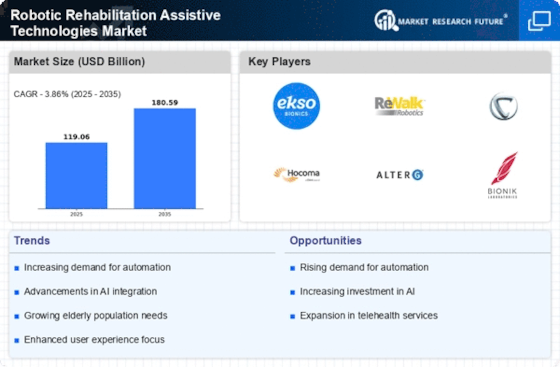
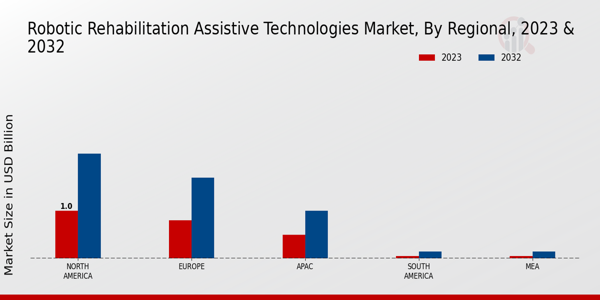
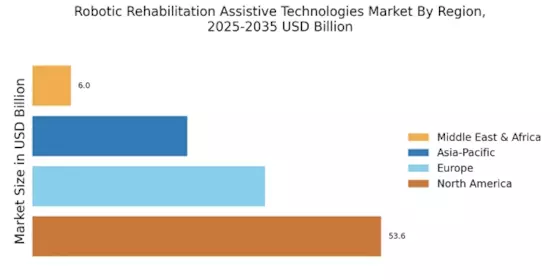


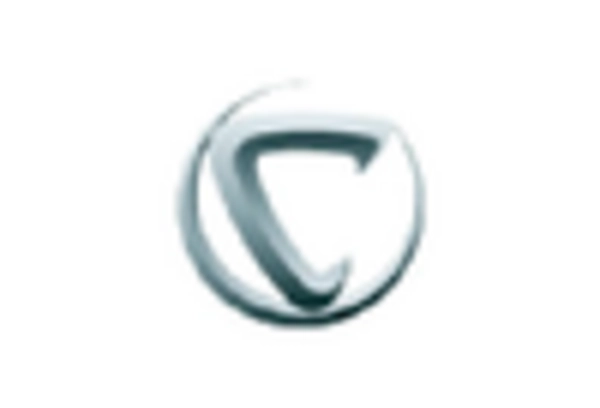

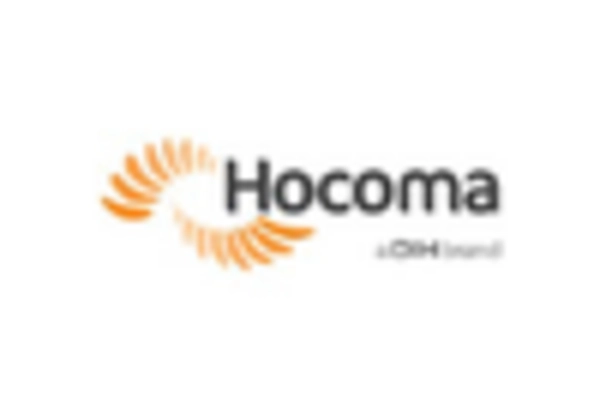









Leave a Comment